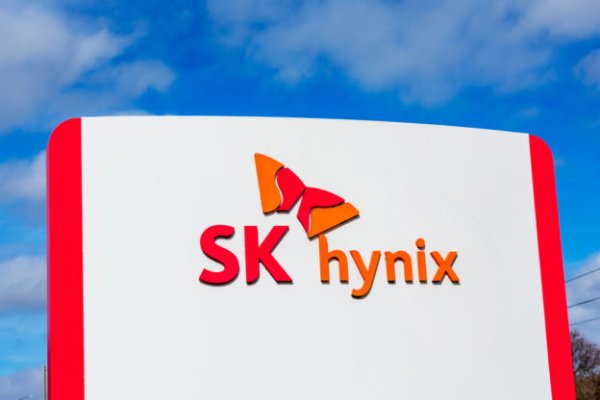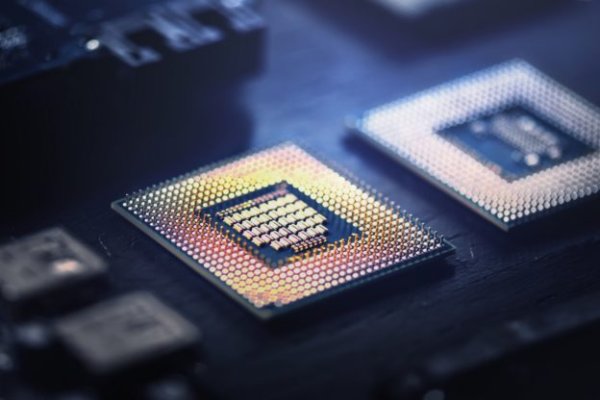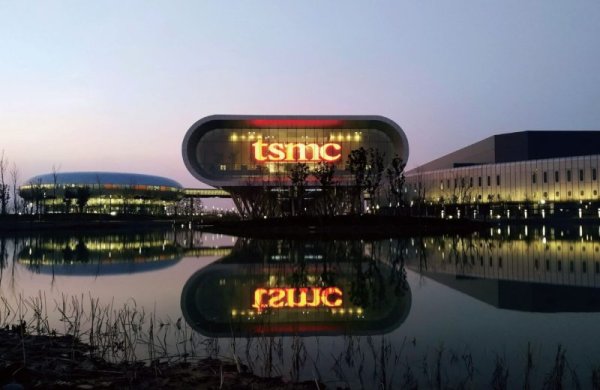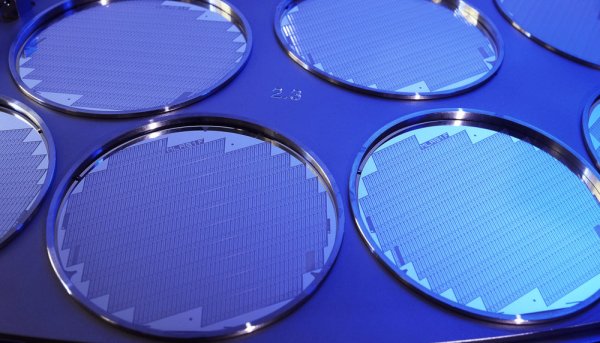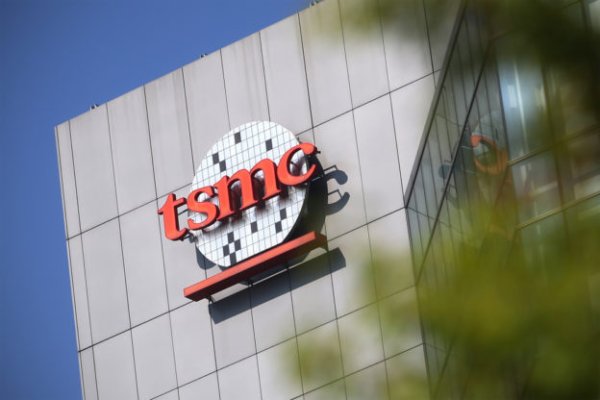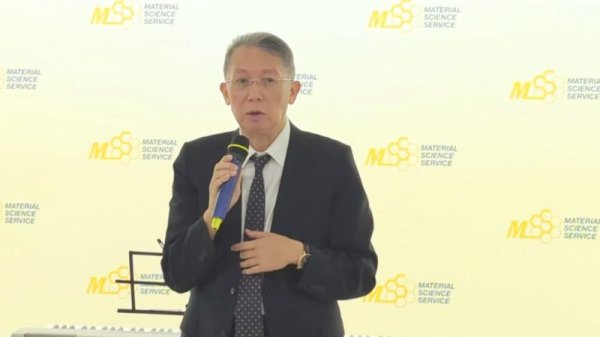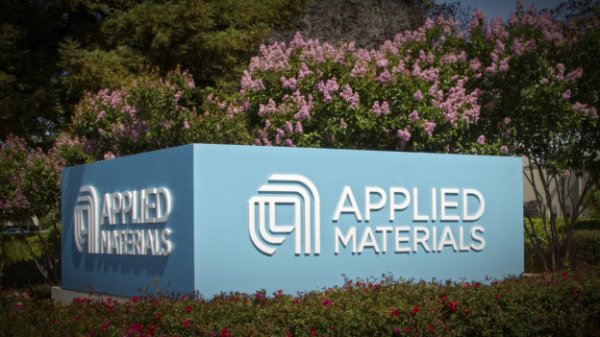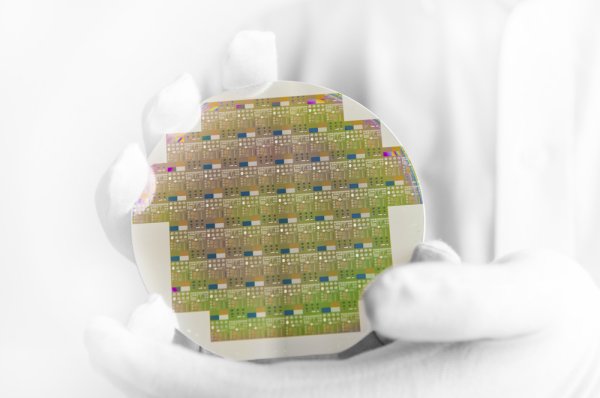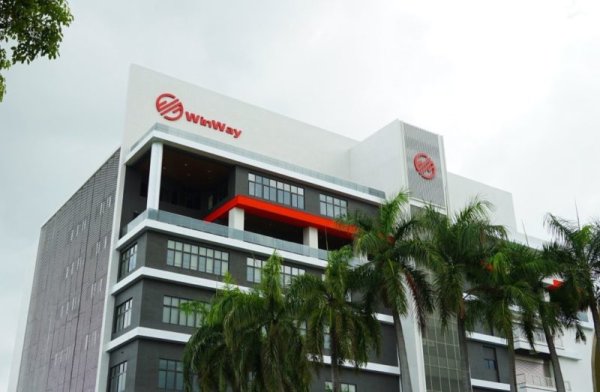Alliance with OpenAI, market recognition of GPU ecosystem, AMD’s share will increase to over double digits
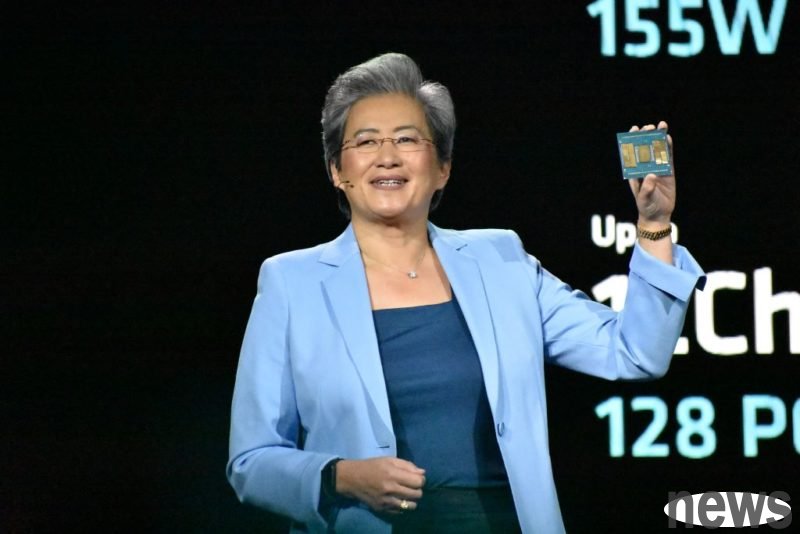
AMD and OpenAI have entered into a multi-year, multi-generation strategic partnership that will result in the deployment of a total of 6GW of AMD GPU computing infrastructure over the next few years. The scale of this cooperation reaches 60% of the 10GW AI infrastructure agreement OpenAI recently signed with NVIDIA (Nvidia), and is regarded as a major recognition of OpenAI's development of AMD's GPU hardware and software.
Foreign-invested Xiaomo pointed out in the latest research report that this historic agreement will not only "greases the skids" and encourage new and old large customers, including hyperscale players and AI laboratories, to expand cooperation with AMD, but also clearly shows the huge demand for AI computing power in the next few years. Through this partnership, AMD appears poised to significantly increase its market share from its current single-digit percentage share of the total addressable market for data center GPUs.
The report also conducted multiple analyzes of this cooperative alliance. In terms of deployment scale and astronomical revenue prospects, according to Xiaomo’s estimates, this 6GW AMD GPU deployment plan is expected to bring annualized revenue of approximately US$35 billion to US$38 billion to AMD between 2027 and 2030. Such a situation will have the following impacts:
1. Revenue contribution far exceeds expectations: Compared with Wall Street’s consensus expectations for AMD’s fiscal year 2027, the OpenAI revenue generated by this agreement is estimated to increase by an additional US$30 billion to US$35 billion per year. If calculated on an earnings per share (EPS) basis, it is expected to bring incremental EPS of $4.00 to $4.50 per year. Compared with Wall Street's current EPS forecast of approximately $7.60 for AMD in fiscal 2027, this means an annual growth rate of approximately 50% to 60%.
2. Deployment schedule and products: OpenAI’s initial deployment plan for MI450 will begin in the second half of 2026. With the warrant agreement set to expire in October 2030, analysts speculate that the full 6GW of infrastructure deployment could be completed within a four-year period, supporting a revenue calculation of $37 billion to $38 billion per year.
3. Details of the revenue estimation model: When evaluating the potential total revenue from this deal, analysts used NVIDIA's data as a reasonable starting point. NVIDIA has estimated that each 1GW of AI infrastructure deployed can generate approximately $35 billion in revenue. Assuming 15% of revenue is attributed to network equipment, computing-related revenue is approximately $30 billion/GW.
In addition, considering AMD's continued aggressive pricing strategy, analysts assume that AMD's pricing will be about 20% discount than NVIDIA. As a result, AMD's computing-related revenue per GW is expected to be approximately $25 billion. So overall, the overall revenue for 6GW of infrastructure is about $150 billion. If the deployment is completed within five years, the annual revenue will be US$30 billion; if it is completed within four years (2027-2030), the annual revenue will be US$37 billion to US$38 billion.
The report also gives another calculation method, which is based on the price of a single GPU. According to estimates, NVIDIA's VR200 rack system will cost $70,000 to $75,000 per GPU. Applying the 20% AMD price discount means that each AMD GPU costs approximately US$57,000 to US$60,000. This works out to approximately $4.1 million to $4.3 million in revenue per rack for AMD Helios rack systems, which equates to $23.8 billion to $25.2 billion per GW of data center infrastructure. Over a four-year deployment period, this also works out to annualized revenue of $35.7 billion to $37.8 billion per year.
As for the in-depth binding between OpenAI and AMD and the stock price milestones, a key component of this agreement is that AMD issued a warrant to OpenAI to subscribe for up to 160 million AMD shares. This warrant will be exercisable based on specific performance milestones. The impact of this approach,
1. Incentive mechanism and ownership concentration: Analysts believe that the issuance of warrants helps "calibrate incentives" and convey confidence in the huge future potential of AMD stock. If OpenAI fully exercises these warrants in 2030, it will become AMD's single largest shareholder, holding approximately 10% of outstanding shares.
2. In terms of exercise price and future valuation: Xiaomo estimates that the first batch of shares will be exercised when the first GW of AMD GPU deployment is completed, which is expected to be in the first half of 2027. The exercise of the last batch of shares will be carried out when all 6GW is deployed, which will be in the second half of 2030. Pricing for the final tranche of shares is set at $600 per share. That was roughly three times AMD's share price at the time.
3. In the implicit part of reaching the $600 target: In order for the final tranche of OpenAI shares to be in-price when exercised, analysts have calculated that AMD's earnings per share (EPS) must reach the range of $20 to $24, assuming a price-to-earnings ratio range of 25x to 30x. To reach this EPS range, AMD's data center GPU annual revenue needs to reach an annualized operating rate of US$110 billion to US$140 billion. This huge revenue target means that AMD will have to capture 20% to 25% of the total data center GPU market by the end of the next decade. This would be a significant jump from its current market share of around single digits and would be similar to AMD’s current share of the gaming GPU market..
In terms of strategic background and market structure impact, this cooperation with AMD is a continuation of OpenAI’s efforts to significantly expand the scale of its AI computing infrastructure in recent years. That is to say, in addition to signing a 10GW AI infrastructure agreement with NVIDIA, the Stargate Project will add five AI data centers, making it expected to obtain a committed capacity of 10GW by the end of 2025. AMD's cooperation with OpenAI clearly demonstrates the huge demand for AI computing power in the next few years.
In addition, analysts believe that OpenAI and other customers' moves to obtain GPU capacity will have no impact on customized AI ASIC plans. Custom ASIC roadmaps and plans are still different from GPU plans. JPMorgan Chase continues to expect that the overall potential market for ASICs will grow faster than the overall potential market for GPUs in the next few years.
Based on the above analysis results, Xiaomao maintains Neutral rating on AMD. However, it was emphasized that this agreement with OpenAI represents an important endorsement of AMD's hardware and software roadmap and lays a solid foundation for it to capture more market share in the highly competitive data center GPU market.


